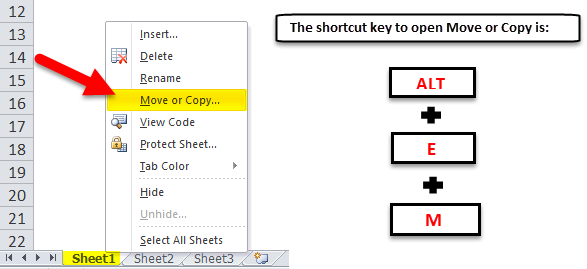3 Simple Ways to Add LBS Sheets in Excel

Microsoft Excel is a powerful tool for organizing, analyzing, and visualizing data, but its utility greatly expands when you start using features like LibreOffice Base Sheets (LBS) within it. LBS, essentially a database-like feature, can help manage more complex data sets with ease, making your Excel spreadsheets not just more efficient but also highly robust in handling relational data. Here are three simple ways you can integrate LBS Sheets into your Excel workbooks to enhance your data management capabilities:
Importing and Linking to an Existing Database

One of the most straightforward ways to add LBS functionality to Excel is by linking your Excel workbook to an external database. Here’s how you can do it:
- Open Excel: Start with a blank worksheet or the one where you need to integrate LBS Sheets.
- Access External Data: Go to the ‘Data’ tab, choose ‘Get Data’ or ‘From Other Sources’ depending on your Excel version, and select the type of database you want to link with (like SQL Server, Access, etc.).
- Set Up Connection: Fill in the necessary database connection details. If you’re using Excel for Office 365 or later, the interface might differ slightly, but the principles remain the same.
- Load the Data: Once connected, you can load the data into Excel either by creating a new table or linking the data directly to your existing worksheet.
🔍 Note: Remember, this method doesn't import the actual database into Excel but links it. Any changes made through Excel will reflect in the database if you have write permissions.
Using Microsoft Query to Add LBS Functionality

Microsoft Query can be used to write SQL-like statements within Excel, allowing you to query data from external databases or workbooks, giving you LBS-like capabilities:
- Launch Query Wizard: From the ‘Data’ tab, choose ‘From Other Sources’ > ‘Microsoft Query’.
- Select Data Source: You can choose from existing Excel files or external databases like SQL or Access.
- Query Definition: Use the Query Wizard or write your own SQL statement to define what data you want to retrieve.
- Import to Excel: After defining your query, you can import the results into a new or existing worksheet.
💡 Note: Microsoft Query provides an interface to interact with data in a database-like environment, but proficiency in SQL can enhance your control over the query results.
Creating a Pivot Table with LBS-Like Features

Excel’s PivotTables can mimic some of the relational data features of LBS when configured correctly:
- Data Preparation: Ensure your data is in an Excel table format or well-structured range.
- Insert Pivot Table: Go to the ‘Insert’ tab, select ‘PivotTable’, and choose where you want the PivotTable to be placed.
- Configure Fields: Drag fields into different areas like Rows, Columns, Values, and Filters to mimic database table structure.
- Data Relationships: If you have multiple tables, establish relationships by using Excel’s Data Model or Power Pivot.
🧩 Note: Although not traditional LBS, PivotTables can provide similar data manipulation and summarization capabilities with the added benefit of dynamic reporting features.
Incorporating LBS functionality into your Excel work can significantly enhance your data management capabilities. These methods allow you to work with large and complex datasets, manage relationships between data, and perform advanced analysis directly within Excel. However, it’s important to note that these methods might not offer all the features of a dedicated database system but can serve as a bridge for those who need more than basic spreadsheets but not a full database application.
Can LBS Sheets replace the need for a separate database system?

+
While LBS Sheets within Excel provide database-like functionality, they are not a substitute for dedicated database systems for several reasons. They are designed for analysis and reporting, not for real-time data transactions or complex data operations that require heavy processing. Excel’s LBS features are more suited for small to medium-sized datasets where analysis is the primary goal rather than data management.
How do I ensure data integrity when linking Excel to external databases?

+
To ensure data integrity when linking to external databases:
- Ensure your Excel workbook and the database are on the same network or cloud environment to prevent connection issues.
- Set up appropriate permissions to avoid unauthorized data manipulation.
- Regularly refresh the connections to keep the data current, and consider setting up scheduled updates.
- Be cautious with data manipulation in Excel as changes might not reflect immediately in the database due to refresh timing or write permissions.
What are some limitations of using LBS Sheets in Excel?

+
Here are some limitations to consider:
- Data Volume: Excel has practical limits on data volumes; very large datasets can slow down or crash Excel.
- Real-Time Updates: Excel isn’t designed for real-time data processing. Updates occur upon refresh, which can be delayed.
- Complexity: While Excel can handle some database-like operations, complex queries and data operations might still require a full database system.
- Security and Integrity: Excel’s security model for data access is not as robust as dedicated database systems.
- Data Persistence: Data stored in Excel is more susceptible to accidental edits or deletions.



